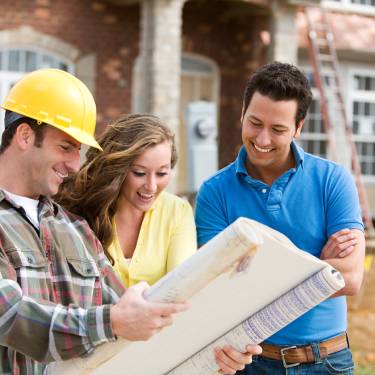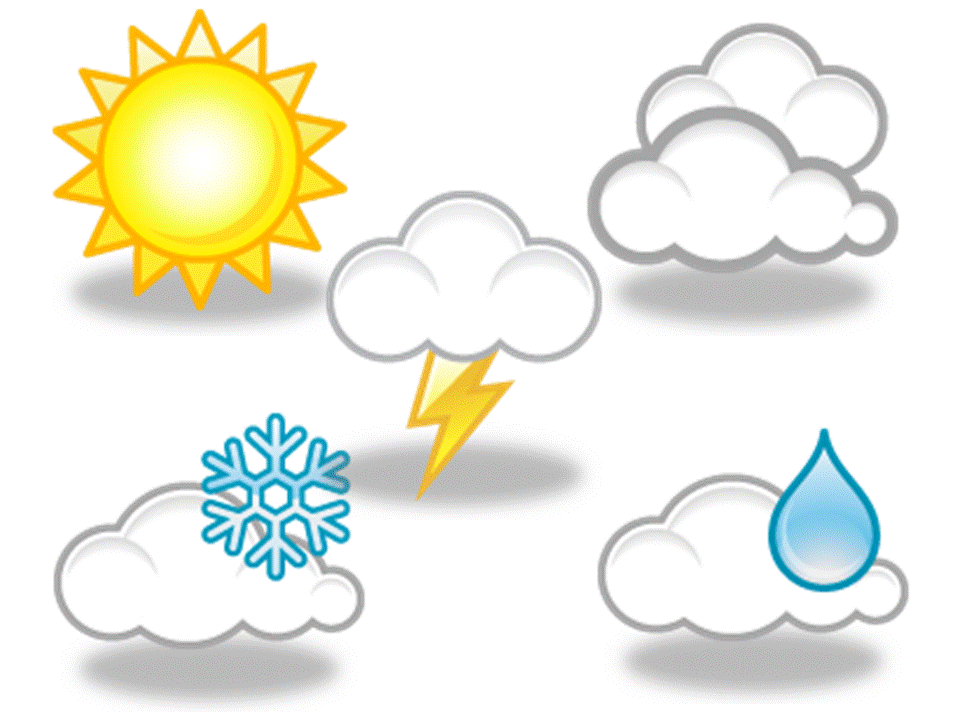
Building a home in areas prone to wildfires requires careful planning to make your new property as resistant as possible. From material choices to smart landscaping, your selections during the construction phase can make a big difference. Keep reading for essential tips for building a home in fire-prone areas. These practical ideas will help you stay a step ahead.
Use Fire-Resistant Housing Materials
Choosing the right housing materials can make all the difference. Concrete, stone, brick, and fire-rated metal are excellent for walls, roofing, and decks. Tempered glass resists heat better than traditional windowpanes. As for siding, fiber cement or stucco outperforms wood in resisting fire.
Make Smart Landscaping Choices
Landscaping with fire safety in mind controls how fire moves across your property. Maintain spacing between plants to avoid overcrowding vegetation close to the house. Strategically constructed fire lines, such as firebreaks using rock and dirt, can further slow fire growth, particularly on larger properties or near dense vegetation.
To create a more defensible space, keep grass trimmed low, clear dead vegetation, and avoid storing woodpiles near walls. You can also use fire-resistant plants, such as succulents or hardwood trees, as an effective first line of defense.
Install Fire-Resistant Vents
Small, overlooked details like vents could be entry points for burning embers during a wildfire. Replacing standard vents with fire-resistant versions that have fine mesh screens offers an additional layer of protection. These vents prevent hot debris from entering attics or crawl spaces.
Provide Emergency Access
Make access to your home easier for emergency crews. Install clear signage that drivers can see from a distance. Keep driveways wide enough to accommodate fire trucks, maintaining the neatness of this area.
Have a Reliable Water Source
As you plan your home construction, opt for a nearby reliable water source, like a well or rainwater storage connected to pump sprinklers. These water sources can offer wildland firefighters the resources they need when fighting flames directly.
Plan Ahead With Building Codes
Familiarize yourself with local building codes for fire-prone zones. Some regions offer incentives or initiatives that encourage construction methods that reduce fire risk. Compliance isn’t just about meeting standards; it gives your home a better chance of standing strong against potential fires.
Think Long-Term
Building a home in a fire-prone area takes thoughtful consideration of all elements, from home design to surrounding landscaping. Choices you make now, such as incorporating defensible space or updating vent designs, may improve future outcomes in high-risk situations. If you’re ready to take the next step and turn these tips into a concrete strategy for your dream home, start mapping your fire-safe blueprint today.
Bio: Casey is a passionate copyeditor highly motivated to provide compelling SEO content in the digital marketing space. Her expertise includes a vast range of industries from highly technical, consumer, and lifestyle-based, with an emphasis on attention to detail and readability.




















